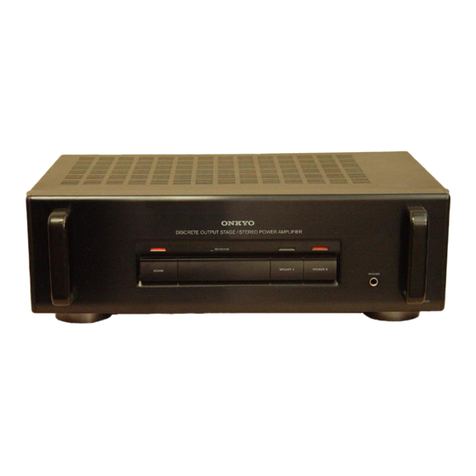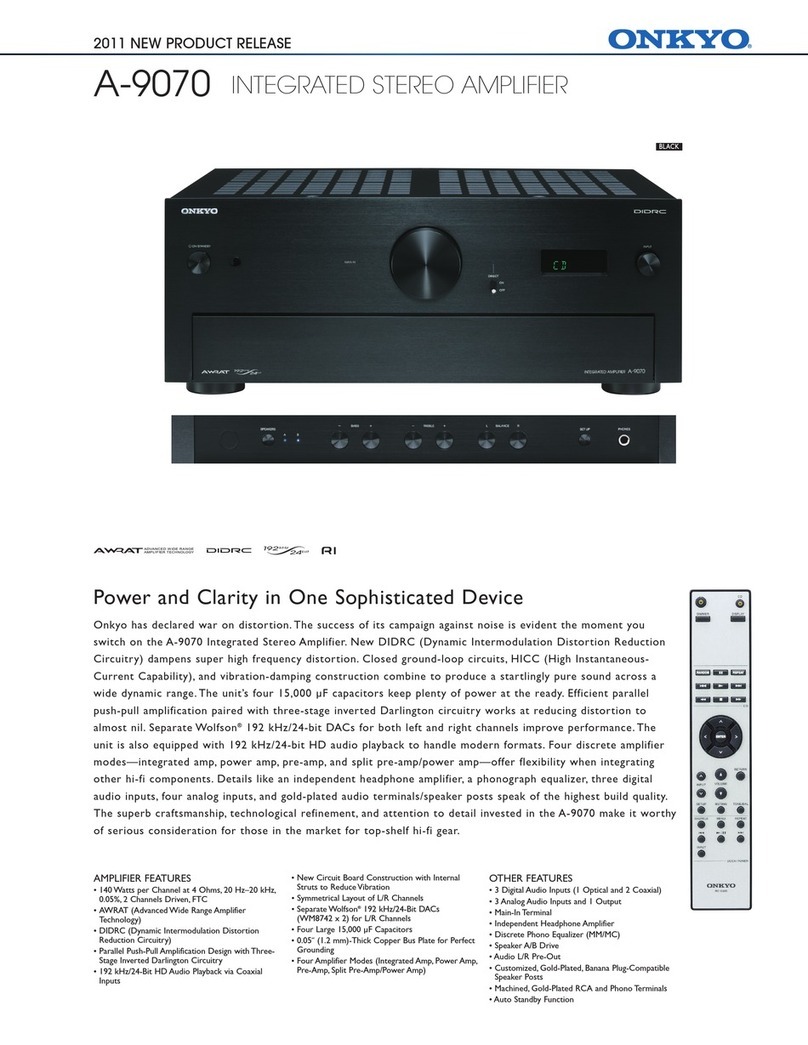Onkyo TX-822 User manual
Other Onkyo Amplifier manuals
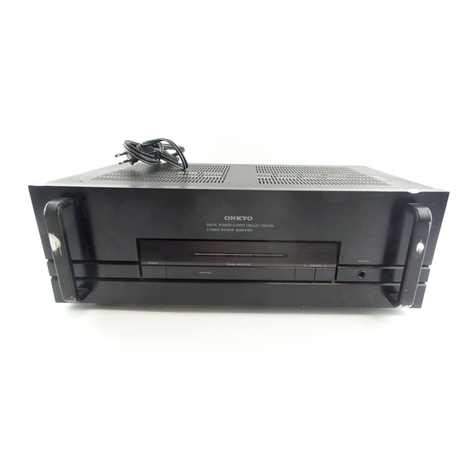
Onkyo
Onkyo M-5150 User manual
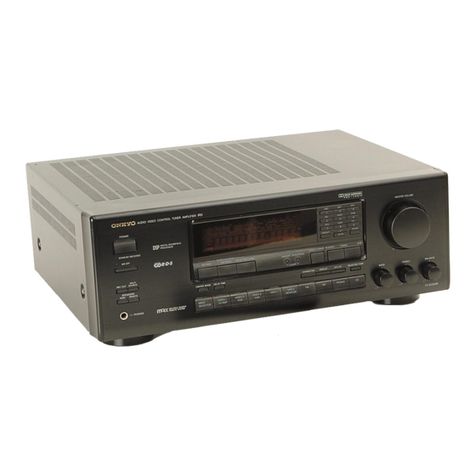
Onkyo
Onkyo TX-SV525 User manual
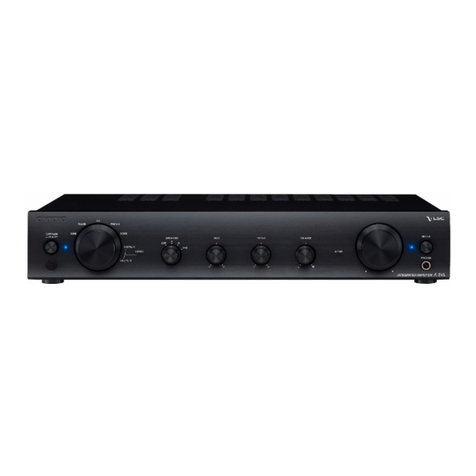
Onkyo
Onkyo A-5VL - Integrated Stereo Amplifier User manual
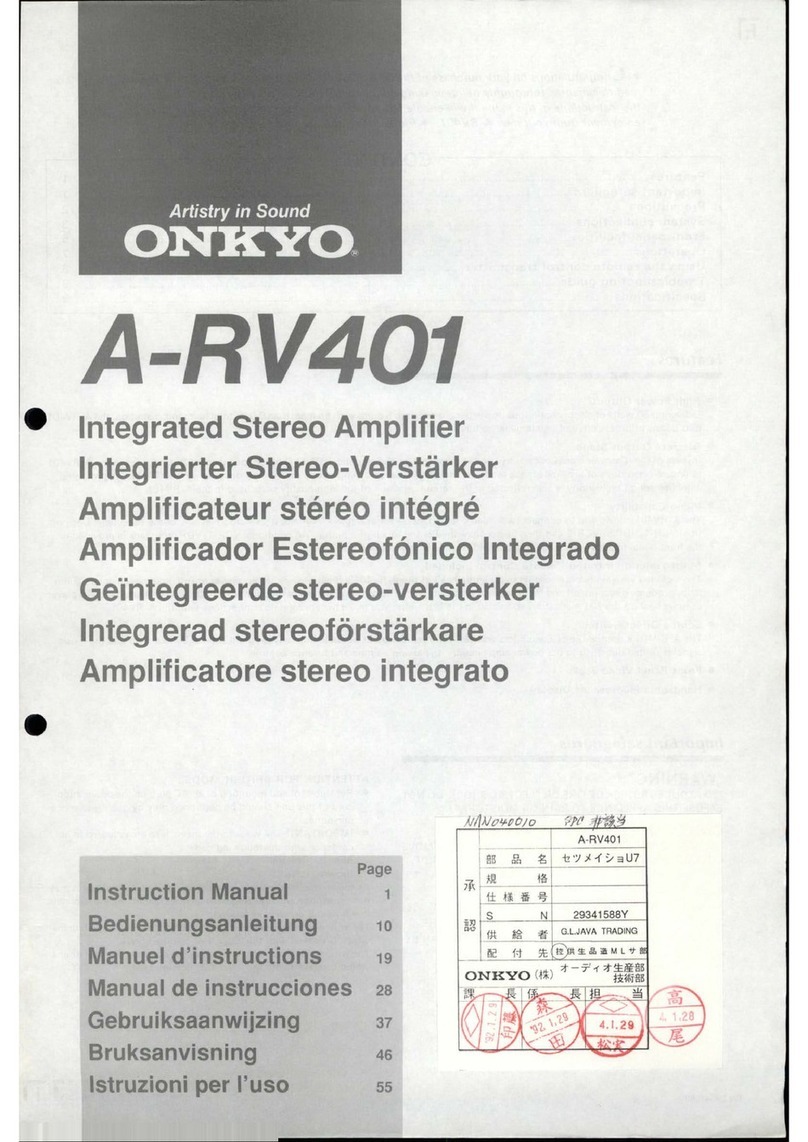
Onkyo
Onkyo A-RV401 User manual
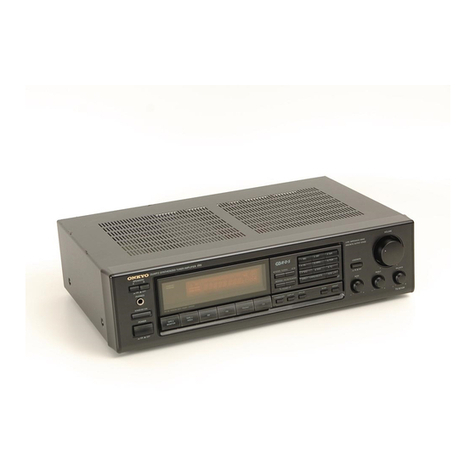
Onkyo
Onkyo TX-8210 User manual
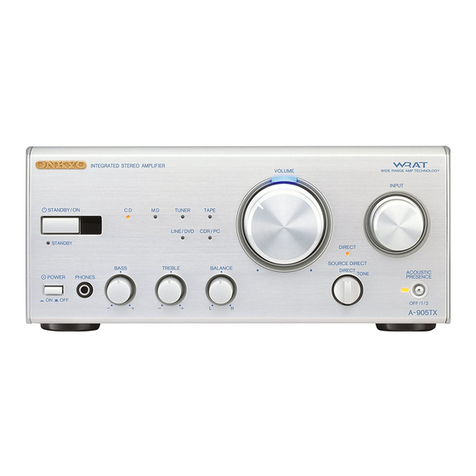
Onkyo
Onkyo A-905TX User manual
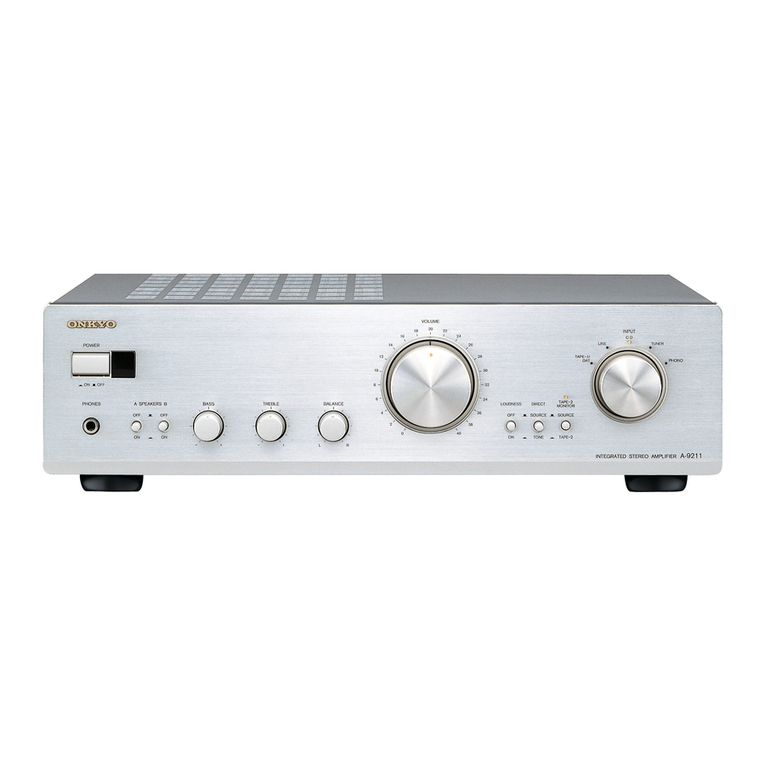
Onkyo
Onkyo A-9211 User manual

Onkyo
Onkyo M-5060 User manual
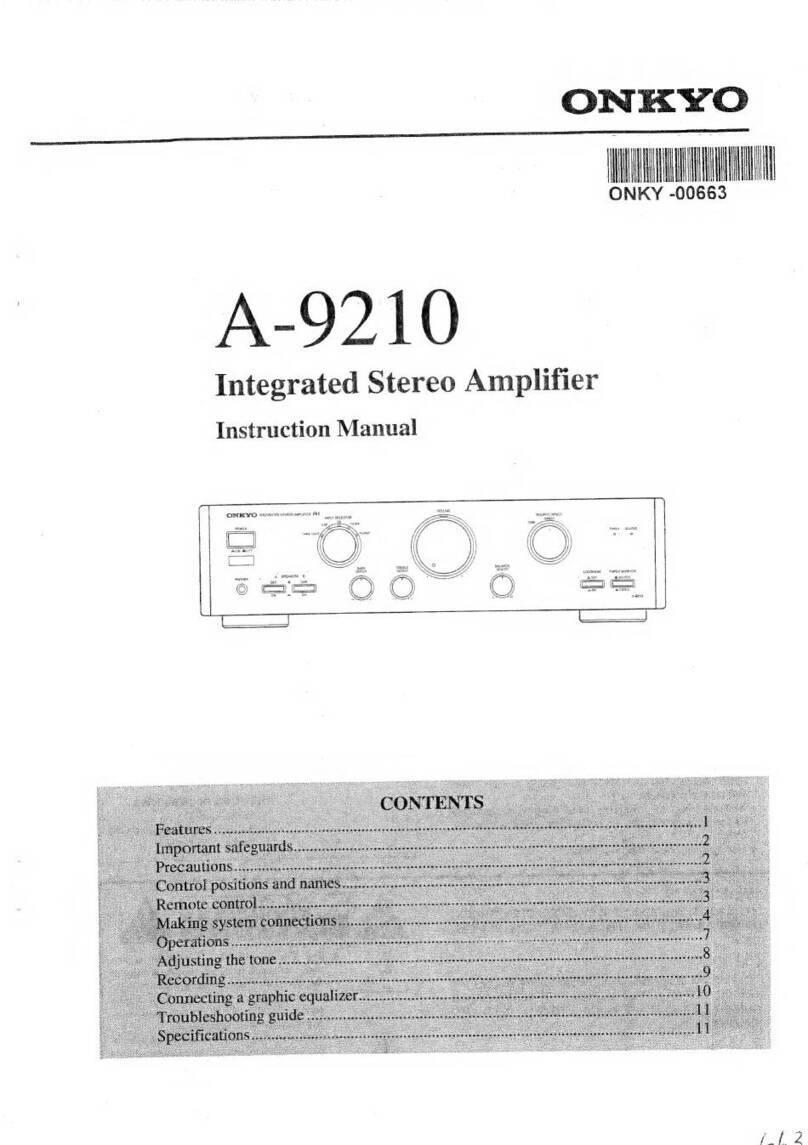
Onkyo
Onkyo A-9210 User manual
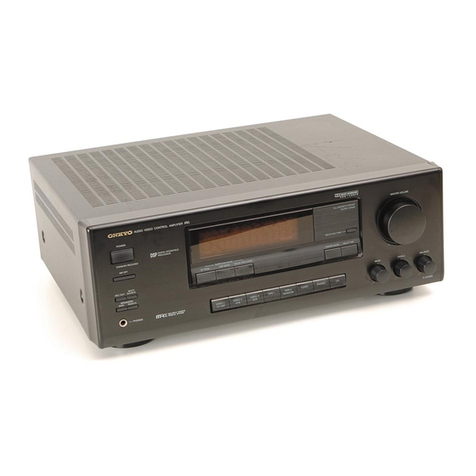
Onkyo
Onkyo AS-V620 User manual
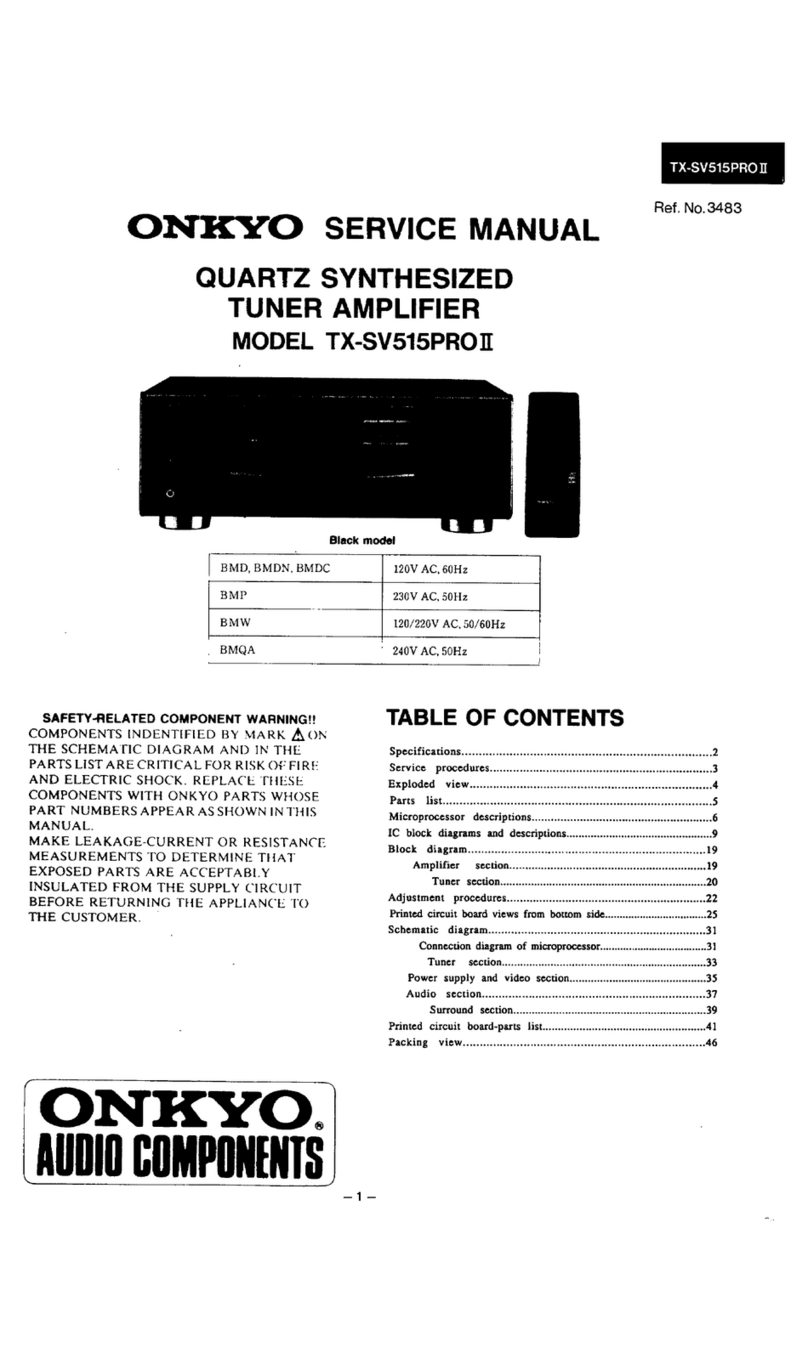
Onkyo
Onkyo TX-SV515PROII User manual

Onkyo
Onkyo A-7022 User manual
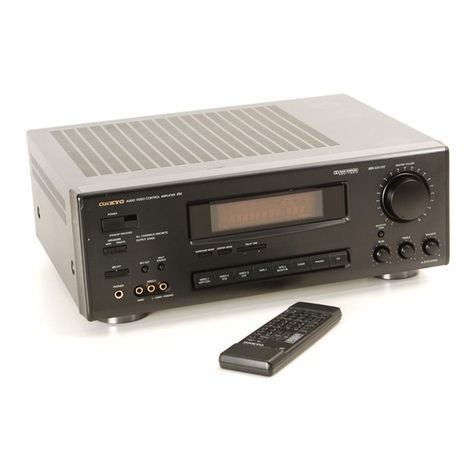
Onkyo
Onkyo A-SV610PRO User manual
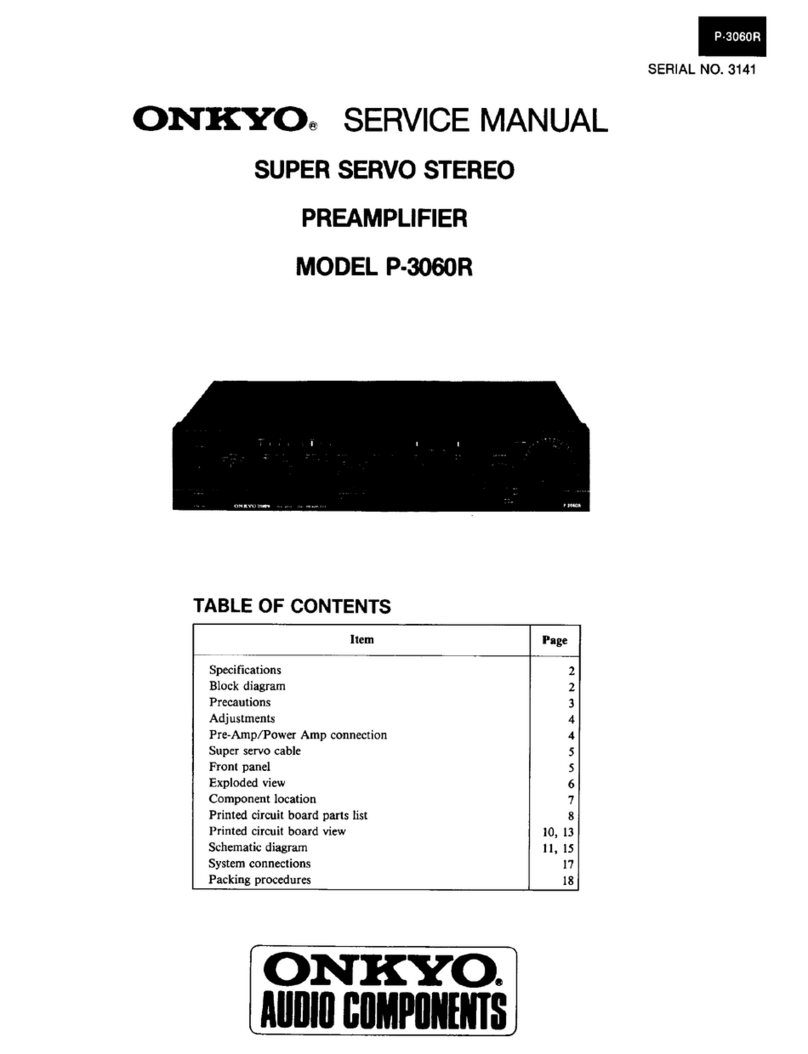
Onkyo
Onkyo P-3060R User manual

Onkyo
Onkyo A-8700 User manual
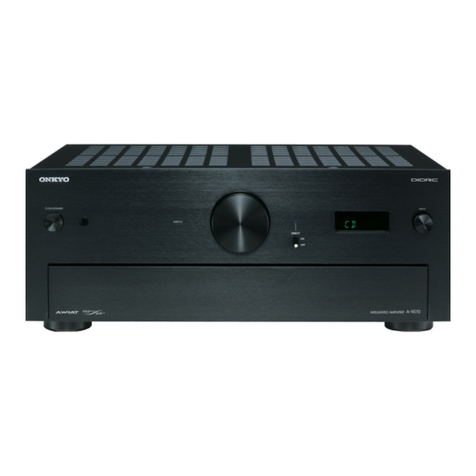
Onkyo
Onkyo A-9070 User manual

Onkyo
Onkyo R-801A User manual
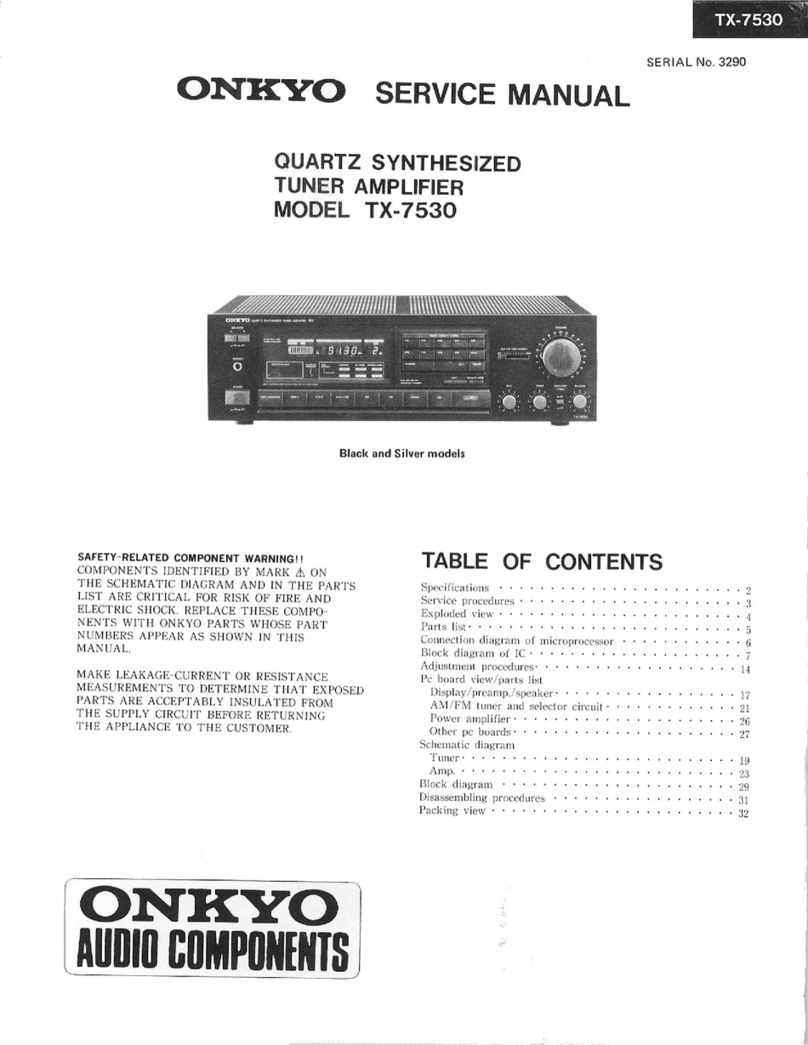
Onkyo
Onkyo TX-7530 User manual
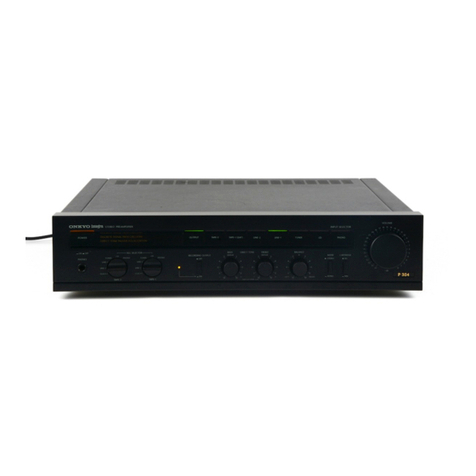
Onkyo
Onkyo P-304 User manual

Onkyo
Onkyo M-5130 User manual

